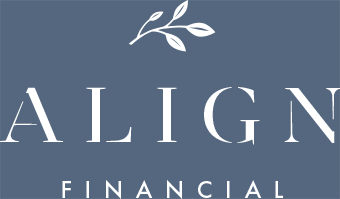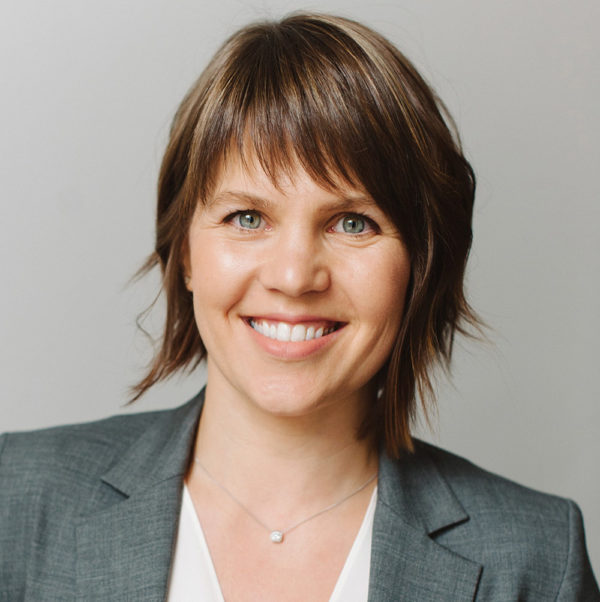Despite what online calculators and rules of thumb say, there’s no magic number when it comes to saving for your retirement. As healthcare costs rise and lifespans lengthen, your actual retirement expenses may be markedly different than your pre-retirement estimates.
That’s the bad news (potentially). The good news is with proper planning, you can grow and protect your nest egg well into retirement so that you don’t outlive your savings.
One way to increase the likelihood that your financial resources will last throughout retirement is to make the most of your high-income years while you’re still working. In this article, I’m sharing eight ideas to help you maximize your peak-earning years for a successful retirement.
Consider these 8 retirement planning tips to help you maximize your peak-earning years:
#1: Maximize Your Retirement Plan and HSA Contributions
Data from the Bureau of Labor Statistics shows that women’s and men’s earnings tend to peak between the ages of 45 and 64. That means if you plan to retire around age 65, your final two decades of work are key for building your retirement nest egg.
To maximize your peak-earning years, be sure to contribute as much as you can to your employer-sponsored retirement plans and/or individual retirement accounts (IRAs) each year. The contribution limits for these accounts tend to change year to year, so it’s important to stay aware of these limits and adjust your contributions accordingly.
For example, in 2022, you can contribute up to $20,500 to a 401(k) plan, or $27,000 if you’re 50 or older. Meanwhile, you can contribute another $6,000 to an IRA, or $7,000 for those 50 and above.
Another option is to contribute to a health savings account (HSA) if you have a qualifying high-deductible health plan. HSAs are unique in that they offer triple tax savings. First, you contribute pre-tax dollars. You can then invest your funds and let them grow tax-free until you need them. Finally, your withdrawals are tax-free, provided you use them for eligible expenses.
Simply put, HSAs are a great complement to traditional retirement savings vehicles. And since your funds never expire, you can continue to draw upon them throughout your retirement to cover medical costs.
#2: Consider a Backdoor Roth or Mega Backdoor Roth
As your income increases, you’re less likely to qualify for a Roth IRA. However, if you want to take advantage of a Roth IRA’s benefits, you may want to consider a backdoor Roth (also known as a Roth conversion).
With a backdoor Roth, you convert all or part of your traditional IRA balance to a Roth IRA. This is a taxable event, so you’ll pay your ordinary income tax rate on the amount you convert. As such, many people choose to spread out their Roth conversions over several years.
The upside is that your withdrawals in retirement will be tax-free, so long as you’re at least 59 ½ and meet the five-year rule. In addition, unlike traditional IRAs, Roth IRAs don’t have required minimum distributions (RMDS).
Another lesser-known option for high-earners is a strategy called a mega backdoor Roth. This strategy typically only makes sense if you’ve already maxed out your 401(k) and IRA contributions for the year and still have plenty of extra cash you want to stash away for retirement. Additionally, you must be enrolled in an employer-sponsored traditional 401(k) plan that permits after-tax contributions and in-service withdrawals.
Basically, you contribute after-tax dollars to your 401(k) plan above the pre-tax limit, up to the maximum amount that year. You then immediately take an in-service withdrawal and roll your after-tax dollars into a Roth IRA.
Although a Roth conversion can be a powerful retirement planning strategy, it doesn’t make sense for everyone. Be sure to consult a trusted financial advisor before taking advantage of a backdoor Roth.
#3: Take Advantage of Tax Minimization Strategies
It’s important to maximize your peak-earning years by saving as much money as you can in tax-advantaged accounts. Yet it’s also important to minimize your taxes in other ways during your high-income years, so you’re not overpaying Uncle Sam.
There are a variety of tax minimization strategies that may make sense for you during your peak-earning years. However, two examples that may align with your financial goals are front-loading a 529 plan and donating to a donor-advised fund (DAF).
If you have children who will likely have hefty education expenses in the future, you may already be contributing to a 529 plan in preparation. But did you know that you can front-load a 529 plan by paying up to five-times the annual contribution limit at once?
Though this strategy doesn’t contribute directly to your retirement, it can be a great way to defer taxes in your high-income years. It can also help reduce the amount you need to contribute to your children’s education later, when you may not have as much discretionary income.
Donating to a DAF is another way to realize a meaningful tax break in years when your income is above average. A donor-advised fund is a type of account that allows you to make a charitable contribution and receive an immediate tax deduction. Then, you can decide where you want the fund sponsor to direct your donation in the years that follow.
#4: Make Sure You’re Properly Invested
Compound interest can be a powerful force in positive markets. Even at a modest rate of return, an initial investment can double over a relatively short period.
The best way to take advantage of the power of compounding is to make sure your retirement savings are fully invested. In addition, it’s important to have the right asset allocation for your time horizon and goals.
For example, investing in growth-oriented investments like stocks and commodities can help significantly boost your savings over time. These asset classes can also help you outpace inflation, so you can maintain your lifestyle in retirement.
#5: Prioritize Financial Goals
Every dollar you spend has an opportunity cost. For example, if you’re drowning in student loan debt, you may be directing any free cash to pay that down rather than save for retirement.
To maximize your peak-earning years, it’s important to prioritize your financial goals effectively. This is especially true if you’ve maxed out all of your tax-advantaged savings accounts for the year. If you’re unsure where your next dollar should go, this blog post may help.
#6: Prepare for Unexpected Setbacks
Having the right insurance coverage is one of the most obvious ways to protect yourself against unexpected financial loss. In addition to basic coverage like health, auto, and homeowner’s insurance, be sure to consider your longer-term insurance needs.
For example, purchasing long-term care insurance while you’re still young and healthy can reduce your premiums and defray your healthcare costs as you age. If you’re self-employed, you may also want to consider disability insurance to replace at least part of your income if you’re temporarily unable to work.
#7: Beware of Lifestyle Inflation
Lifestyle inflation, or lifestyle creep, is when a person’s spending steadily increases as their income rises. In your peak-earning years, it’s natural for your expenses to rise alongside your income. Just beware of your spending spiraling out of control.
While it’s important to enjoy your hard-earned money, it’s also important to not lose sight of the future. One way to maintain this balance is to align your spending with your values and goals. If you’re simply spending money because you can, it may be time to recalibrate and identify what’s really important to you.
#8: Practice Self-Care
Lastly, while it’s important to maximize your peak-earning years, don’t work yourself to death. Above all, prioritize your health. Maintaining a healthy lifestyle will help ensure your retirement is not only prosperous but also enjoyable. And as a bonus, your healthcare costs will likely be much lower over the course of your life if you take care of yourself now.
A Trusted Financial Advisor Can Help You Maximize Your Peak-Earning Years
As your income and wealth increase, your financial needs tend to become more complex. In addition, you likely have less time and energy to manage the details of your financial life on your own. A trusted financial advisor like Align Financial can help you maximize your peak-earning years so that you can retire on your terms. If you’d like to schedule an introductory meeting to see if we’re a good fit, please contact us. We’d love to hear from you.













